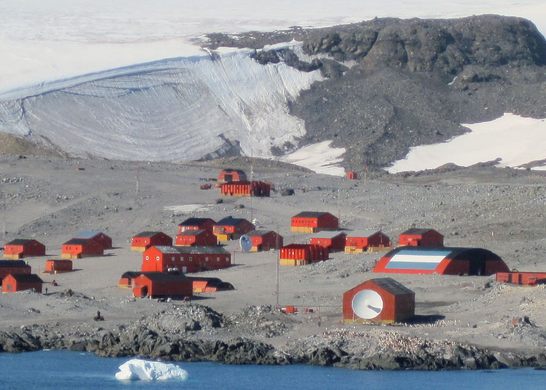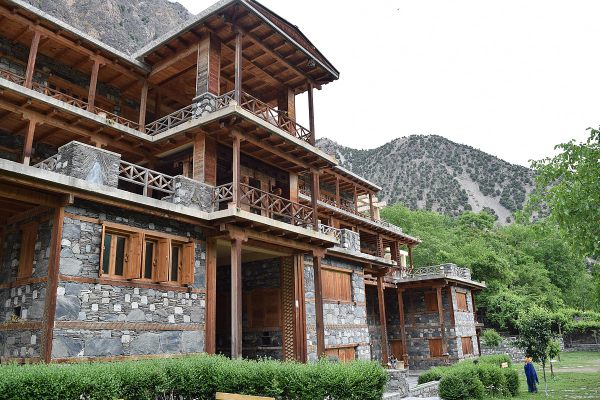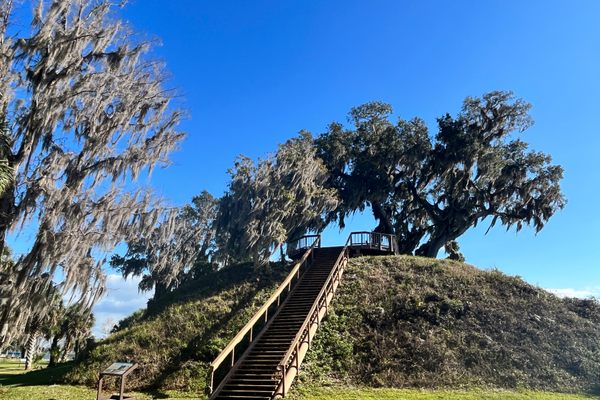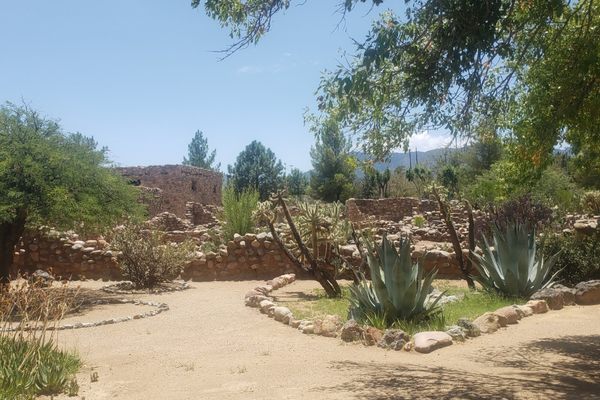This Argentinian colony made up of a mere 55 residents in the winter months is only one of two civilian settlements on the great white continent of Antarctica.
Along with Villa las Estrellas, a Chilean colony with twice as many people, Esperanza is one of the rare examples of a community that chose to inhabit the desolate winds and snowy tundras down south—the other settlements are all military or scientific bases. A treaty established in 1959 bars member nations from establishing territorial claims, but both Esperanza and Villa Las Estrellas were established before the treaty, and therefore immune.
Despite being a simple, civilian town that serves as home to only 10 families, Esperanza takes on an appearance similar to the serious military bases strewn about the snow. A smattering of bland, military-esque buildings (43 in all) are scattered around the settlement, no sign of outside activity seen, and with only one month out of the year delivering temperatures below freezing, none should be expected.
It is here in Esperanza that Antarctica welcomed its very first official native in 1978, when a baby named Emilio Palma came into the cold, cold world—the son of a naval officer and his wife, Palma was the first human life to begin in a brutal corner of the world that has ended more than its share. A local cemetery houses the remains of several of the explorers who perished nearby.
While considered a domestic community it still serves a research base, housing the facilities to support studies of limnology, glaciology, seismology, and oceanography, along with some of the more general sciences. To power these facilities, the colony burns through 4,800 US gallons of fuel per year.
















Follow us on Twitter to get the latest on the world's hidden wonders.
Like us on Facebook to get the latest on the world's hidden wonders.
Follow us on Twitter Like us on Facebook